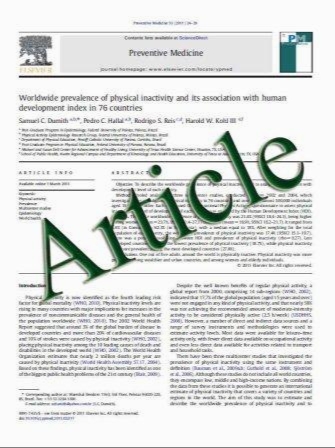Thoracolumbar extradural arachnoid cysts: a study of 14 consecutive cases
- نوع فایل : کتاب
- زبان : انگلیسی
- مؤلف : Jae Keun Oh & Dong Youp Lee & Tae Yup Kim & Seong Yi & Yoon Ha & Keung Nyun Kim & Hyunchul Shin & Dong Seok Kim & Do Heum Yoon
- چاپ و سال / کشور: 2011
Description
Background To investigate characteristic clinical and radiological features of extradural arachnoid cysts (EDACs) in the thoracolumbar region, a retrospective review of medical records and imaging studies was performed. EDACs are well known but relatively rare lesions in the thoracolumbar spinal canal. The most common site is the lower thoracic spine, and it may cause neurological symptoms by compressing the spinal cord or nerve root. In this study, the pathogenesis, symptomatology, diagnostic approach, and surgical management of EDACs will be discussed. Methods We studied 14 consecutive patients who were surgically treated for EDACs in the thoracolumbar region at our institute between March 2000 and January 2011. The history, clinical presentations, image findings, operative findings, and surgical outcomes of these patients were retrospectively analyzed. The mean follow-up period was 28 months (range: 6–72 months). Results Progressive motor weakness was the predominant symptom in all patients. Nine patients had radicular leg pain and back pain in the thoracolumbar area. On MRI, the cyst compressed the dural sac and spinal cord posteriorly typically with bilateral foraminal extensions. On radiological study, a communication point with the subarachnoid was hardly observed. The surgical treatment of EDACs included complete resection of the walls and closing the communicating point with the subarachnoid space. All patients showed excellent outcomes according to Odom’s criteria without recurrence. One CSF leakage and one postoperative hematoma were noted. Conclusions Thoracolumbar EDAC patients presented paraparesis and leg pain. Complete excision and closing the communicating point with the subarachnoid space were the choices of treatment, and the outcomes were favorable
Acta Neurochir DOI 10.1007/s00701-011-1110-6 Received: 28 May 2011 / Accepted: 19 July 2011


